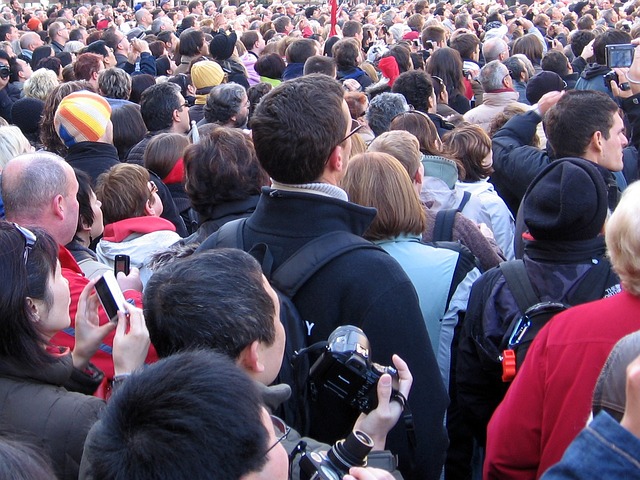
Overview of the Chapter: Population
This chapter explores the concept of population, its distribution, density, growth, and composition. It also discusses the factors influencing population change and the implications of population growth on resources and development.
Population: A group of individuals of the same species living in a particular geographical area at a given time.
Population Distribution and Density
Population distribution refers to how people are spread across the Earth's surface. Population density is the number of people per unit area, usually per square kilometer.
Population Density: Calculated as the number of people divided by the total area of the region.
Factors Affecting Population Distribution
- Geographical factors: Climate, water availability, soil fertility, and mineral resources.
- Social and cultural factors: Religious or cultural significance of a place.
- Economic factors: Employment opportunities, industrialization, and urbanization.
Population Growth
Population growth is the change in the number of people living in a particular area between two points in time. It is influenced by birth rates, death rates, and migration.
Birth Rate: The number of live births per thousand people in a year.
Death Rate: The number of deaths per thousand people in a year.
Migration: The movement of people from one place to another for permanent or temporary settlement.
Population Composition
Population composition refers to the structure of the population in terms of age, sex, literacy, occupation, and health.
Age Composition
Divided into three groups:
- Children (below 15 years)
- Working-age (15-59 years)
- Aged (60 years and above)
Sex Ratio
The number of females per thousand males in a population.
Implications of Population Growth
Rapid population growth can lead to:
- Pressure on natural resources
- Increased demand for food, housing, and healthcare
- Environmental degradation
National Population Policy
The government of India has implemented policies to address population growth, focusing on family planning, health care, and education.
